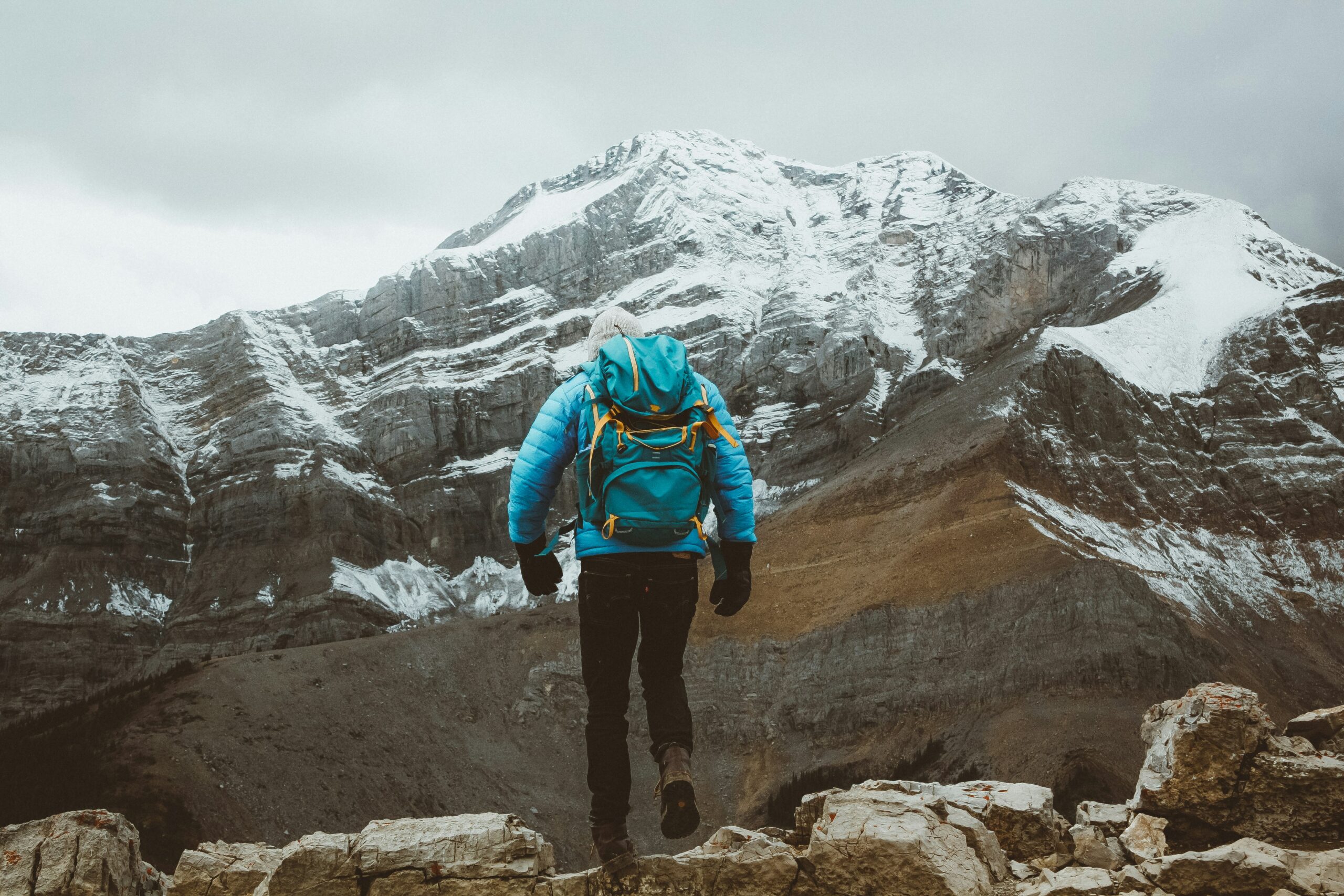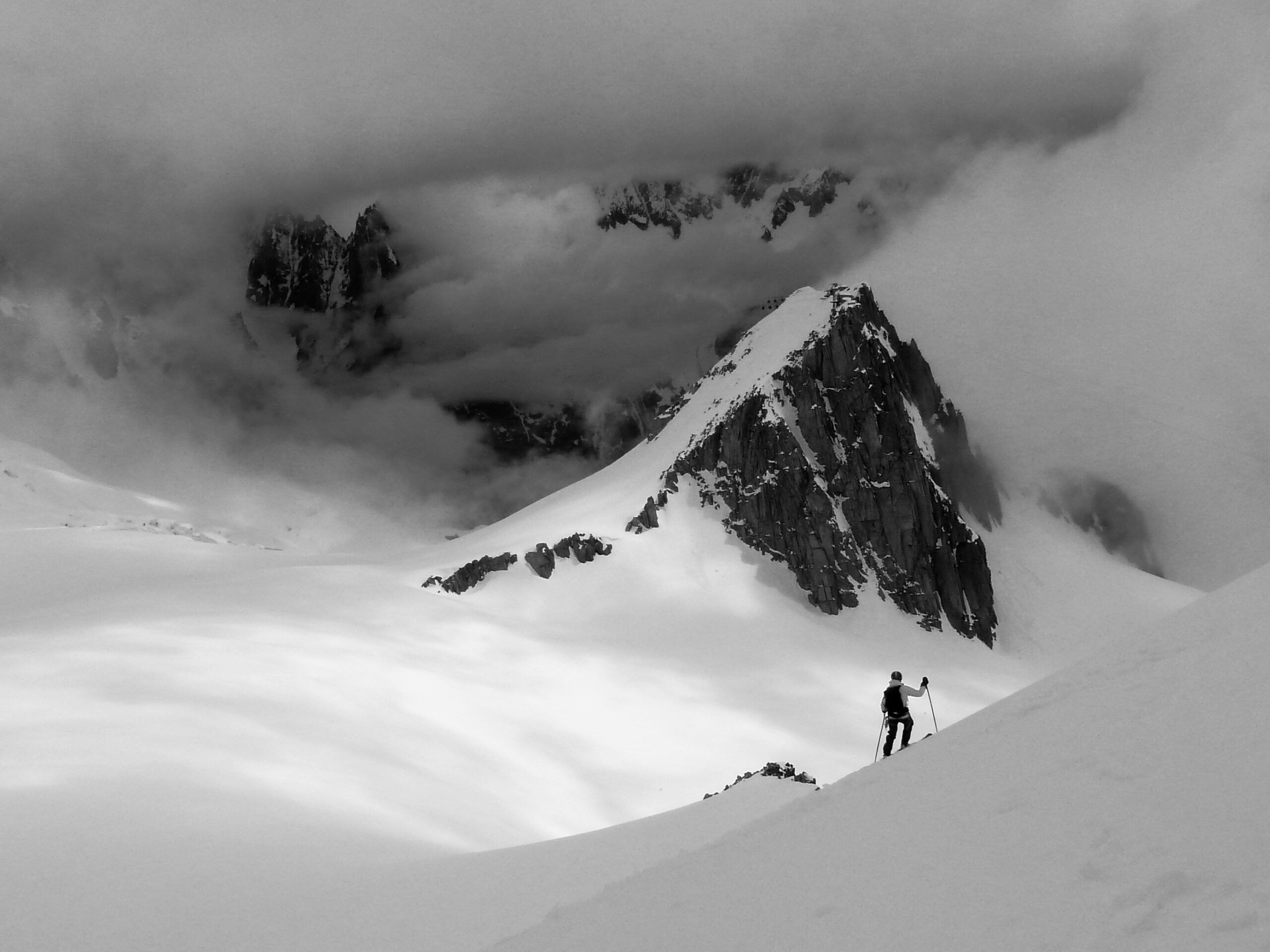Climbing Mount Shasta is an adventure like no other, but before you lace up your hiking boots, there are a few important permits you need to secure. This article breaks down the essential permits required to ensure your climb is both safe and legal. From Wilderness Permits to Summit Passes, it spells out everything you need to know for a worry-free ascent up this magnificent peak. Have you ever wondered what it takes to climb Mount Shasta? If so, you're not alone! This majestic peak in Northern California attracts many adventurers each year, offering a thrilling experience and jaw-dropping views. But before you lace up your hiking boots and grab your ice axe, it’s important to know about the necessary permits required to climb this renowned mountain. Understanding the permit system ensures not only your safety but also the preservation of the natural environment.

Understanding the Mount Shasta Wilderness
Mount Shasta is part of the Shasta-Trinity National Forest and falls within a wilderness area, which means certain regulations are in place to protect the environment and ensure a positive experience for all visitors. The mountain stands at an impressive 14,179 feet, making it the second-highest peak in the Cascade Range. Its allure comes from its unique challenge and the satisfaction of standing atop such a monumental height.
Importance of Permits
Permits are more than just a regulatory requirement; they help to manage the impact that climbers and hikers have on this pristine environment. By limiting the number of visitors and enforcing guidelines, permits aid in maintaining the wilderness character of Mount Shasta. They also provide essential information on safety, which is paramount for such an ambitious climb. In short, permits help to preserve the mountain's beauty while promoting a safer climbing experience.
What Types of Permits Are Required?
When it comes to climbing Mount Shasta, there are primarily two types of permits you need to consider: the Wilderness Permit and the Summit Pass. Each serves a different purpose and has its own set of conditions.
Wilderness Permit
Anyone planning to hike or climb above 10,000 feet on Mount Shasta must obtain a Wilderness Permit. This permit is crucial for keeping track of climbers and ensuring that everyone has a safe experience.
How to Obtain a Wilderness Permit
You can obtain a Wilderness Permit in several ways:
- Self-Issue Stations: Permits are available at self-issue stations located at trailheads and ranger stations around Mount Shasta. These stations are usually equipped with forms and instructions.
- Offline: Permits can sometimes be obtained offline through various visitor centers and ranger stations.
Wilderness Permits are generally free but must be filled out correctly before beginning your climb. It’s a straightforward process that takes only a few minutes and provides crucial information for your safety and the safety of others.
Summit Pass
In addition to the Wilderness Permit, a Summit Pass is required if you plan to go above 10,000 feet. This permit supports maintenance efforts and helps fund rescue operations and facilities.
How to Obtain a Summit Pass
Summit Passes can be purchased at several locations:
- Ranger Stations: Summit Passes are available at the Mount Shasta Ranger Station, McCloud Ranger Station, and the Fifth Season outdoor store.
- Online: Though rare, online options sometimes are available depending on the season.
The fees for the Summit Pass are generally around $25 per person for a 3-day pass. It’s essential to keep your pass with you during your climb, as rangers may check to ensure compliance.
| Permit Type | Required For | Availability | Cost |
|---|---|---|---|
| Wilderness Permit | Climbing/Hiking above 10,000ft | Self-issue stations | Free |
| Summit Pass | Climbing above 10,000ft | Ranger stations, selected stores | Approx. $25 (for 3-day pass) |
Special Considerations
Mount Shasta’s climbing environment demands thorough preparation. Apart from acquiring the necessary permits, here are a few other considerations to keep in mind.
Avalanche and Weather Conditions
Mount Shasta is known for its challenging weather conditions, including the risk of avalanches, especially in late winter and early spring. Make sure to check current weather forecasts and avalanche reports before embarking on your climb. Many local ranger stations provide up-to-date information on these conditions.
Environmental Impact and Leave No Trace Principles
One requirement when obtaining your Wilderness Permit is an understanding and commitment to Leave No Trace principles. This means you must pack out all waste, minimize campfire impacts, and stay on designated trails to preserve the environment.
Group Size Limits
If you are planning a group climb, be aware that Wilderness Permits often have a limit on the number of people. Typically, groups are restricted to a maximum of 12 to 15 individuals to reduce the environmental impact.
Equipment Requirements
Gear is a critical part of climbing Mount Shasta. Ensure you have these essential items:
- Crampons and ice axe
- Proper climbing boots
- Helmet
- Layers of clothing suitable for varying conditions
- Navigation tools (map, compass, GPS)
Planning Your Climb
A successful climb requires not just physical preparation but logistical planning as well. From understanding seasonal conditions to ensuring you have the proper permits, planning is key to a successful and enjoyable experience.
When to Climb Mount Shasta
The best times to climb Mount Shasta are late spring to early summer (May to July), when weather conditions are most favorable. Later in the summer, the snow melts, increasing the difficulty and danger due to loose rocks and other debris. Winter climbs are possible but suitable only for extremely experienced climbers due to severe weather conditions.
Best Routes
Mount Shasta offers several routes, varying in difficulty:
- Avalanche Gulch: The most popular and straightforward route.
- Cascades Gulch: A more technical option requiring advanced climbing skills.
- North Side (Hotlum-Bolam Ridge): Preferred in late summer once other routes have become too icy.
Accommodations and Staging Areas
Many climbers choose to camp at one of the base camps such as Bunny Flat or Clear Creek. These sites offer a great spot for acclimatization and final preparations before your climb.

Safety Considerations
Safety should be your top priority. Make sure you're adequately prepared and equipped for the climb.
Emergency Procedures
Know the emergency procedures and carry a personal locator beacon if possible. Ranger stations at the base also provide safety briefings which can be incredibly useful.
Climbing with Guides
If you’re a novice climber or new to Mount Shasta, consider hiring a guide. Many experienced guides offer services that include route selection, gear advice, and safety tips.
Final Checks Before You Begin Your Climb
Before setting off, double-check that you have all your permits and necessary gear. It’s also a good idea to leave your climbing plan with a friend or family member, detailing your expected route and return time.
Recap of Permits
Remember, you'll need:
- Wilderness Permit: Free and available at self-issue stations.
- Summit Pass: Approximately $25 for a 3-day pass, available at ranger stations and select stores.
By ensuring you have the right permits and are properly prepared, you’re setting yourself up for a memorable and safe adventure on one of California’s most stunning peaks. Happy climbing!

